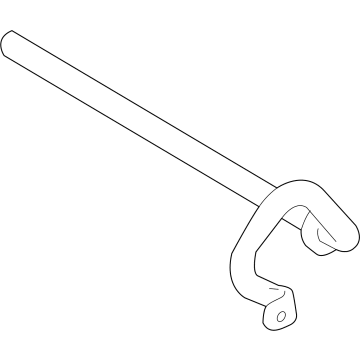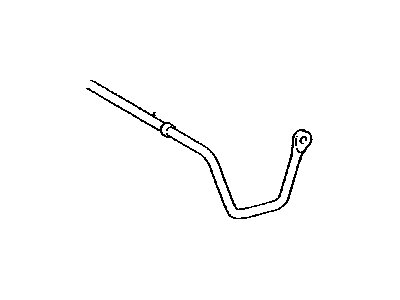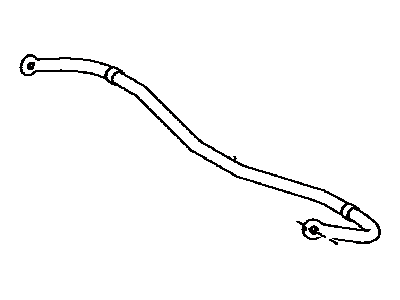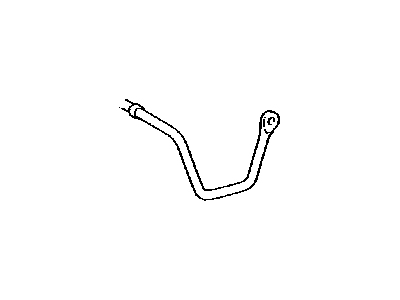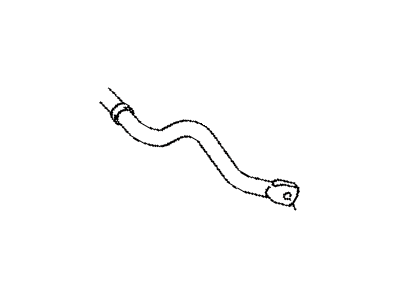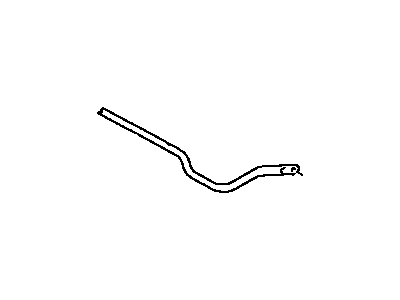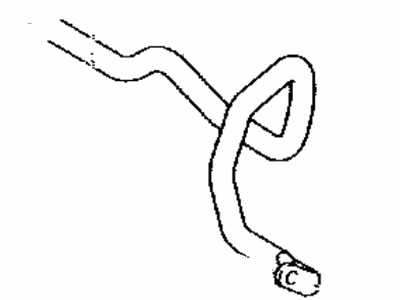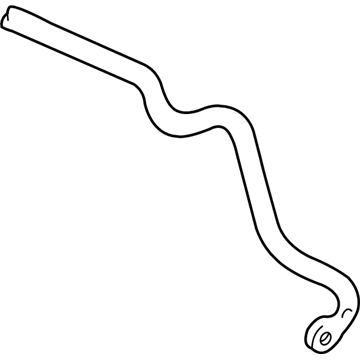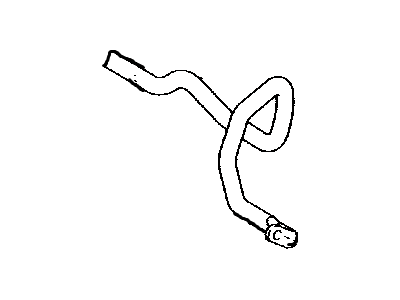

My Garage
My Account
Cart
Genuine Toyota Highlander Sway Bar Kit
Stabilizer Sway Bar Set- Select Vehicle by Model
- Select Vehicle by VIN
Select Vehicle by Model
orMake
Model
Year
Select Vehicle by VIN
For the most accurate results, select vehicle by your VIN (Vehicle Identification Number).
20 Sway Bar Kits found
Toyota Highlander Bar Sub-Assembly, Fr Sta
Part Number: 48804-0E010$119.21 MSRP: $169.48You Save: $50.27 (30%)Ships in 1-3 Business DaysToyota Highlander Rear Stabilizer Bar
Part Number: 48812-48070$81.60 MSRP: $115.03You Save: $33.43 (30%)Ships in 1-3 Business DaysToyota Highlander Rear Stabilizer Bar
Part Number: 48805-48110$221.78 MSRP: $318.02You Save: $96.24 (31%)Ships in 1-3 Business DaysToyota Highlander Bar, STABILIZER, Rr
Part Number: 48812-0E120$70.32 MSRP: $99.11You Save: $28.79 (30%)Ships in 1-3 Business DaysToyota Highlander Rear Stabilizer Bar
Part Number: 48812-0E070$81.53 MSRP: $114.92You Save: $33.39 (30%)Ships in 1-3 Business DaysToyota Highlander Bar Sub-Assembly, Rear Sta
Part Number: 48805-48151$104.30 MSRP: $147.02You Save: $42.72 (30%)Ships in 1-3 Business DaysToyota Highlander Bar, STABILIZER
Part Number: 48811-0E040$221.90 MSRP: $318.18You Save: $96.28 (31%)Ships in 1-3 Business DaysToyota Highlander Rear Stabilizer Bar
Part Number: 48805-48130$118.39 MSRP: $168.31You Save: $49.92 (30%)Ships in 1-3 Business DaysToyota Highlander Front Stabilizer Bar
Part Number: 48811-48050$137.58 MSRP: $195.60You Save: $58.02 (30%)Ships in 1-3 Business DaysToyota Highlander Bar, STABILIZER
Part Number: 48811-0E030$221.90 MSRP: $318.18You Save: $96.28 (31%)Ships in 1-3 Business DaysToyota Highlander Bar, STABILIZER, Rr
Part Number: 48812-0E200$78.69 MSRP: $110.93You Save: $32.24 (30%)Ships in 1-3 Business DaysToyota Highlander Front Stabilizer Bar
Part Number: 48811-48030$114.00 MSRP: $160.70You Save: $46.70 (30%)Ships in 1-3 Business DaysToyota Highlander Front Stabilizer Bar
Part Number: 48811-48130$221.90 MSRP: $318.18You Save: $96.28 (31%)Ships in 1-3 Business DaysToyota Highlander Bar Sub-Assembly, Rear Sta
Part Number: 48805-48140$112.91 MSRP: $159.17You Save: $46.26 (30%)Ships in 1-3 Business DaysToyota Highlander Rear Stabilizer Bar
Part Number: 48812-48170$87.54 MSRP: $123.41You Save: $35.87 (30%)Ships in 1-3 Business DaysToyota Highlander Bar, STABILIZER, Rr
Part Number: 48812-0E110$75.63 MSRP: $106.60You Save: $30.97 (30%)Ships in 1-3 Business DaysToyota Highlander Front Stabilizer Bar
Part Number: 48811-48060$136.29 MSRP: $193.76You Save: $57.47 (30%)Ships in 1-3 Business DaysToyota Highlander Front Stabilizer Bar
Part Number: 48811-48120$221.90 MSRP: $318.18You Save: $96.28 (31%)Ships in 1-3 Business Days
Toyota Highlander Sway Bar Kit
If you are in demand for superior quality and affordable OEM Toyota Highlander Sway Bar Kit, then shop with us! We own a wide range of the reduced-priced genuine Toyota Highlander Sway Bar Kit. You can purchase in confidence as all parts come with a manufacturer's warranty. Any issues with our products? No need to worry as we have a hassle-free return policy to guide you every step of the way.
Toyota Highlander Sway Bar Kit Parts Questions & Experts Answers
- Q: How to remove and replace the rear Sway Bar Bushing and Sway Bar Kit on Toyota Highlander?A:Lose the rear wheel lug nuts, then chock the rear wheels, lift the rear of the car and snug it on jack stands before removing the rear wheels. Next, remove the heat insulator from the exhaust system and the lower nut of the sway bar links from the bar; if the ballstud rotates with the nut, tighten an Allen wrench to the stud. For 2014 and later models, when replacing the sway link, remove the link bracket to control arm bracket nut, then unbolt the bracket and link as a single unit, then remove the link nut to sever it from the bracket. Remove the sway bar bushing retainers and if necessary the two retainer brackets from the body. Due to improved access, the sway bar can now be removed while the bushings must be unbolted with their positions marked. Check if the bushings are worn, hard, twisted, cracked, or otherwise damaged and replace them if they are; The split of the bushing should face up, when they are installed. Scrub the surface parts of the bar that the bushing roll on with a wire brush and for the new bushing apply vegetable oil to both the inner and outer sides of the new bushing and do not use brake fluids or any petroleum or mineral based lubricants. Last of all, installation is done in a backward manner to the process of removal.
Related Toyota Highlander Parts
Browse by Year
2024 Sway Bar Kit 2023 Sway Bar Kit 2022 Sway Bar Kit 2021 Sway Bar Kit 2020 Sway Bar Kit 2019 Sway Bar Kit 2018 Sway Bar Kit 2017 Sway Bar Kit 2016 Sway Bar Kit 2015 Sway Bar Kit 2014 Sway Bar Kit 2013 Sway Bar Kit 2012 Sway Bar Kit 2011 Sway Bar Kit 2010 Sway Bar Kit 2009 Sway Bar Kit 2008 Sway Bar Kit 2007 Sway Bar Kit 2006 Sway Bar Kit 2005 Sway Bar Kit 2004 Sway Bar Kit 2003 Sway Bar Kit 2002 Sway Bar Kit 2001 Sway Bar Kit
